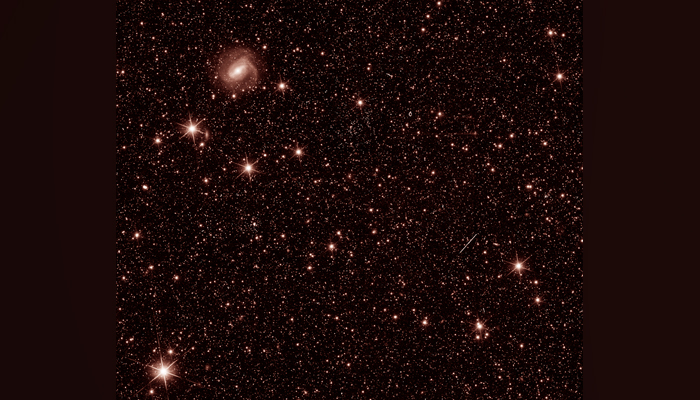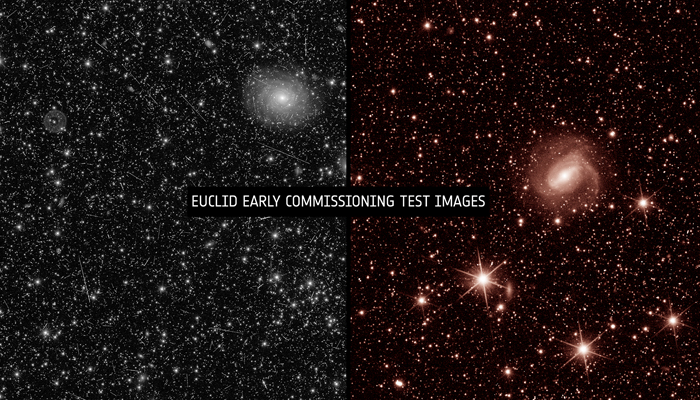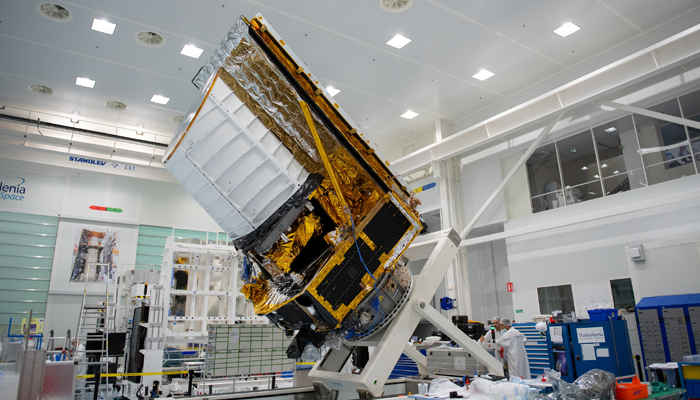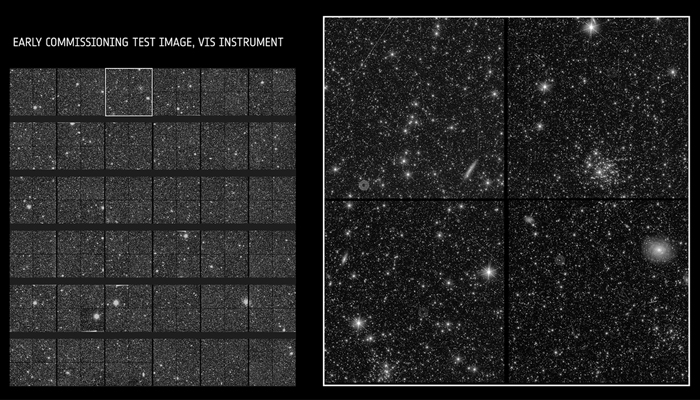ESA says ‘dark universe’ Euclid telescope’s 'first images' pack fantastic promise
Euclid last month began its journey to its orbital point, at distance of 1 million miles from Earth
August 02, 2023

The Euclid space telescope, launched recently by the European Space Agency (ESA) to look into the timeless mysteries of dark matter in the universe, sent its very first images home, leaving the astronomers in awe.
The remarkable images were taken by Euclid’s two instruments showing a number of stars that prove everything onboard is in tip-top shape.
"After more than 11 years of designing and developing Euclid, it’s exhilarating and enormously emotional to see these first images," said Giuseppe Racca, Euclid manager at the European Space Agency (ESA), in a statement.
"It’s even more incredible when we think that we see just a few galaxies here, produced with minimum system tuning. The fully calibrated Euclid will ultimately observe billions of galaxies to create the biggest-ever 3D map of the sky."
The 4-foot-diameter space telescope last month began its journey to its orbital point, at a distance of 1 million miles (1.5 million kilometres) from Earth in the opposite direction to the Sun.

“It is fantastic to see the latest addition to ESA’s fleet of science missions already performing so well,” said ESA Director General Josef Aschbacher.
“I have full confidence that the team behind the mission will succeed in using Euclid to reveal so much about the 95% of the Universe that we currently know so little about,” he added.

The space telescope is to test and readjust its instruments — a visible-light camera and a near-infrared camera/spectrometer — before the large-scale observations of about one-third of the sky for the next six years.
Euclid has the capability to record bigger data than James Webb and its images will be far sharper than the Earth-based sky observatories.

"Ground-based tests do not give you images of galaxies or stellar clusters, but here they all are in this one field," Reiko Nakajima, Euclid VIS instrument scientist, said, adding that "it is beautiful to look at, and a joy to do so with the people we’ve worked together with for so long."
"Each new image we uncover leaves me utterly amazed. And I admit that I enjoy listening to the expressions of awe from others in the room when they look at this data," William Gillard, Euclid Near-Infrared Spectrometer and Photometer instrument (NISP) instrument scientist stated.
Euclid — named after the ancient Greek mathematician and founder of geometry — will be performing its assigned tasks with the help of gravitational lensing which involves snapping millions of images of the galaxies.
The name dark energy was given to the force which was discovered in 1998, responsible for the universe’s expansion while dark matter — which is all over the cosmos — provides the universe with 80% of its mass, and acts as a binding force that holds galaxies together.











